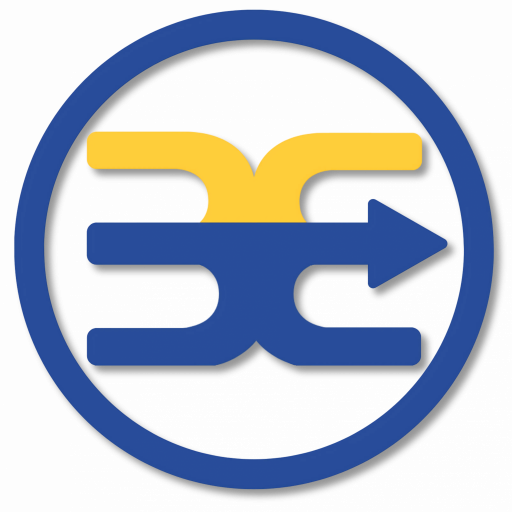Smartphones Power
This Sinek/Kwik interview describes the damage smartphones are doing to our brains. Smartphones, the icon of 21st-century life, are also a big problem for our bodies. Research discussing such issues describes increasing rates of workplace injuries, Gen Y’s entering the workforce already injured, and children as young as 15 showing signs of pre-arthritic postures due to existing levels of screen use. As a trainer focused on health and wellness in modern work environments, I help clients set up smartphones at workstations to avoid the constant hyperextension or neck rotation. The automatic and endless checking of phones increases the risk of neck and upper back pain and injury.
The Problem
As a trainer, am I enabling a behaviour that I believe is contraindicate,d as it may cause harm to the person? Yet my job is to provide knowledge and skills that decrease pain and the risk of injury for any work tool. Do I have a choice? Consultants are hired to provide a specific service, yet we see a wide range of issues that should be addressed to manage or avoid potential harm to the individual and the business.
Should we be invited to provide a bigger health and wellness picture?
Changing Workplace Health and Wellness
Progressive training professionals already refine programs in collaboration with clients, yet there is a new stage of program development emerging. Practitioners such as Charlie Grantham argue it’s time to move beyond siloed training programs supporting wellness or well-being, to a concept of complementary wholeness requiring “a change in design perspective from maximising individual factors (i.e., physical, psychological, and purpose directed) into an integrated systemic perspective”. These are programs that consider the physical, emotional and intellectual (or spiritual) health of an employee. Programs built from an integrated systemic perspective, considering the increasingly blurred boundaries between work and home, when planning health management strategies.
But How?
How does a consultant build this conversation? A single report or meeting to discuss training outcomes will not energise a time-poor manager or build a community of in-house and external stakeholders. A community that must hold the knowledge, the skills to translate and deliver that knowledge as work procedures and skills, and individuals who can ensure the implementation of new procedures and address barriers to application. The call is for a more holistic approach to the design and delivery of health, safety and wellbeing programs. Working towards
Complimentary Wholeness
How do we start this conversation? Please share your ideas and questions. My ongoing research will incorporate your ideas into my next post on this issue! Click here to book your FREE discovery call to see how we can help reduce pain and increase productivity in your workplace.
Take charge of your comfort at work—grab your Free Stretch at Your Desk sheet to loosen tight muscles and the Roll–Reset–Relax guide to release neck strain and restore posture. If pain is already affecting you, book a 1:1 consultation for personalised strategies that get you back on track.

